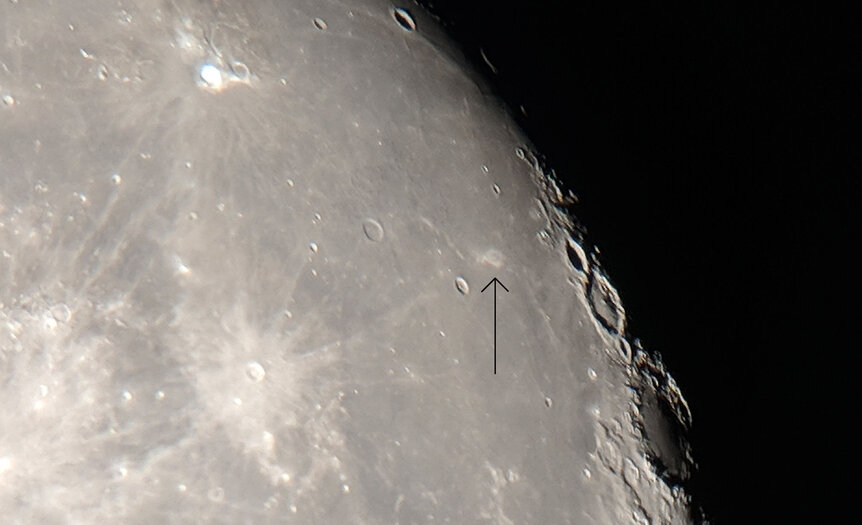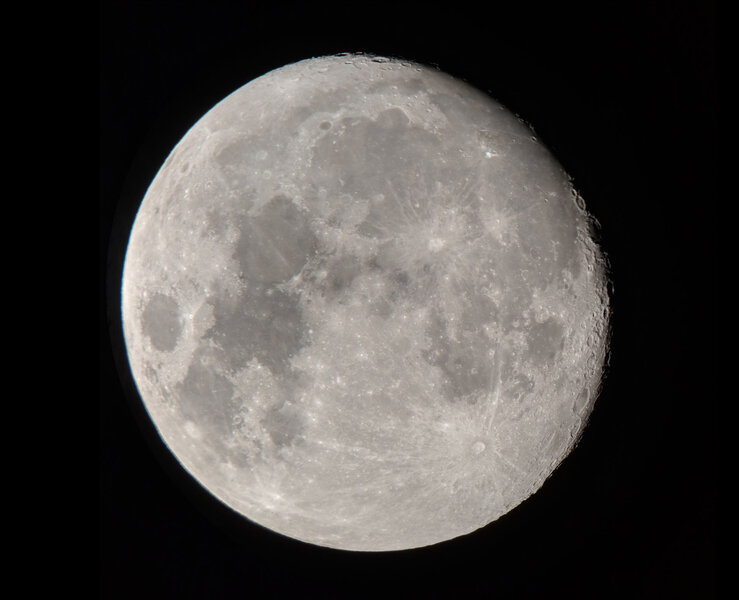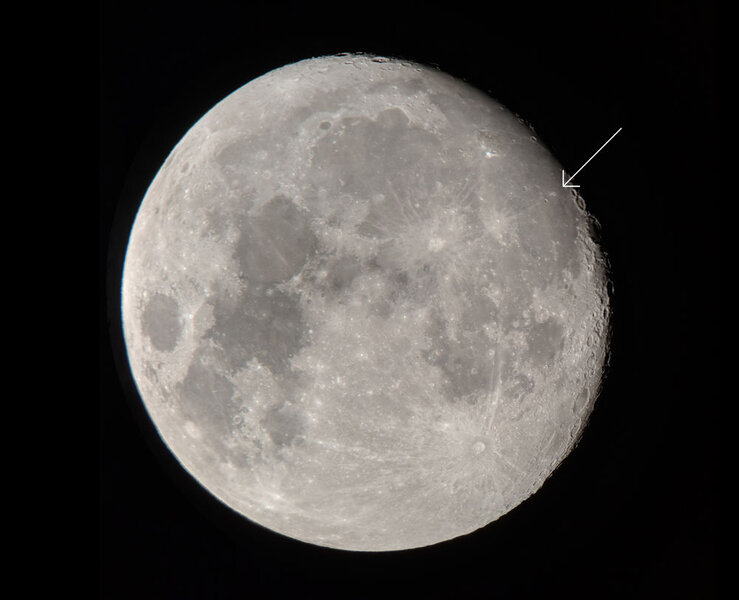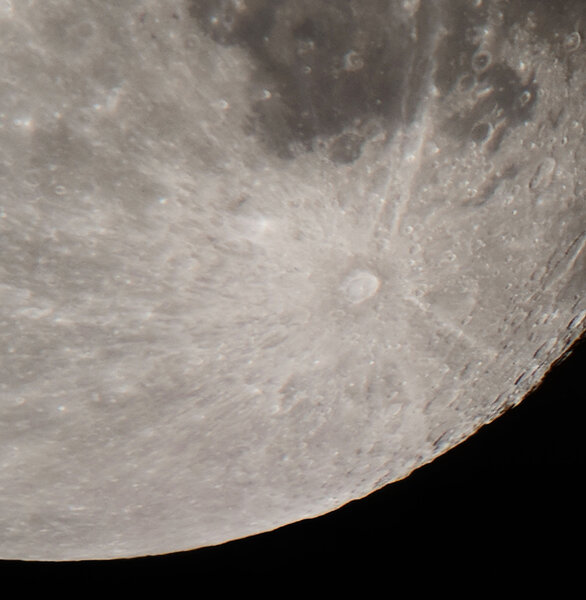Create a free profile to get unlimited access to exclusive videos, sweepstakes, and more!
FOLLOWUP: I saw the Lunar Swirl!
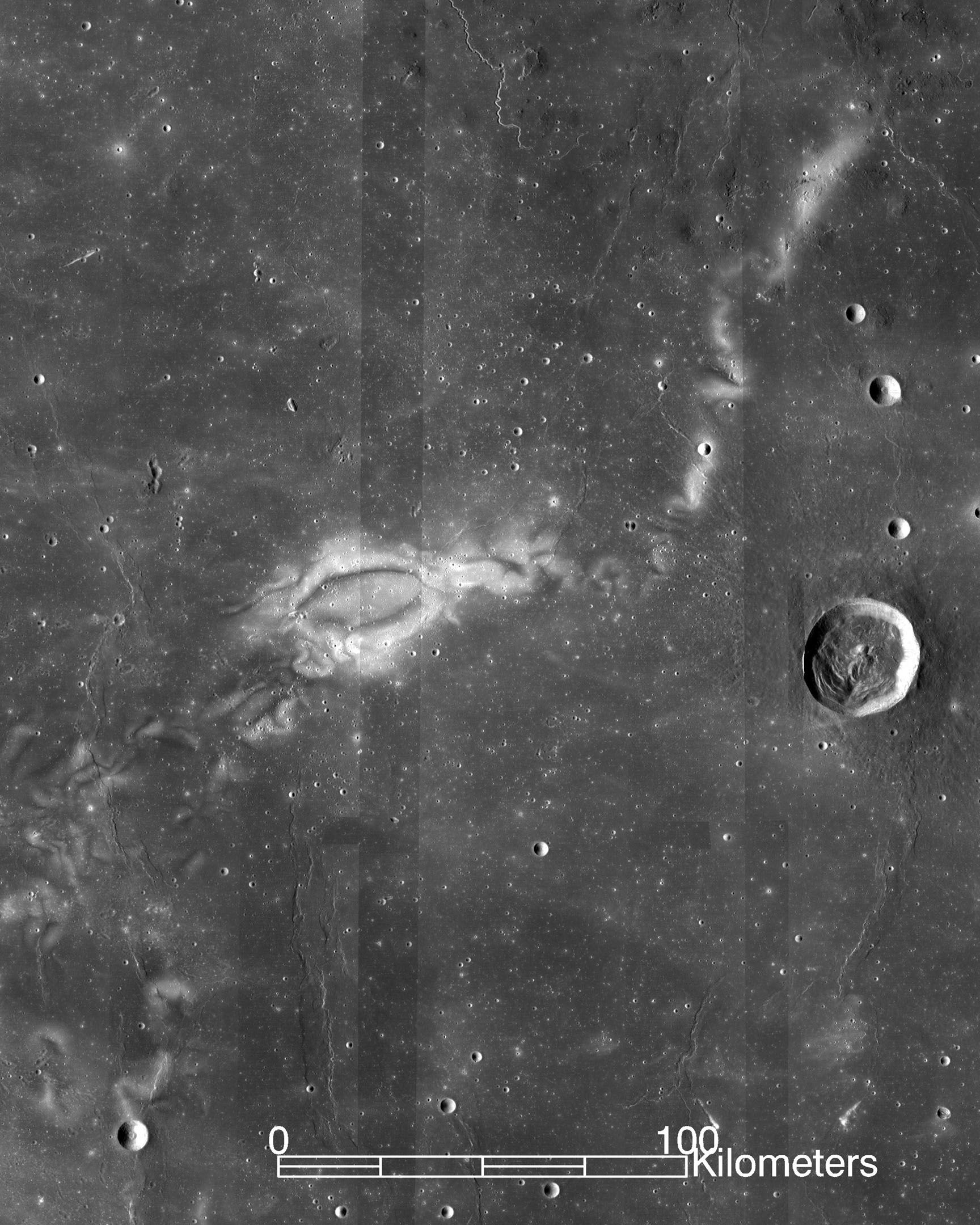
Back in September I wrote about a truly unusual feature on the Moon: Reiner Gamma, aka The Lunar Swirl. It's not a crater or a mountain, but an actual coloration change on the surface of the Moon itself.
It's been a mystery for a long time, because measurements made by the Apollo missions in the 1970s showed the Swirl (and others like it scattered across the lunar landscape) were areas where the Moon's magnetic field was stronger than usual. But the Moon's overall magnetism is very weak, so having stronger spots was weird.
New research shows that material beneath the Moon's surface, possibly ancient subsurface lava flows, could explain this. The flows occurred when the Moon's magnetic field was stronger. The iron in the lava aligned with the field, cooled, and maintained that magnetic imprint even after the Moon's overall field died away over billions of years.
Amazingly, the swirls themselves are due to the magnetic field protecting the surface from the solar wind. This stream of charged particles from the Sun erodes and discolors the surface, darkening it. The magnetism of the lava under the surface deflects the stream a bit, though, so the surface above remains brighter. It's like a force field — I mean, it's literally a force field — protecting the surface.
That's so cool. When I wrote the article, I mentioned that Reiner Gamma is actually pretty dang big; the main blob plus tadpole-like tail is over 50 km across. That should make it visible in small telescopes!
Why, I have a small telescope. So I made a note in my calendar to haul it out a week and a half later, once the Sun rose on the Swirl and it became visible.
So on September 22, I did. We've had pretty rotten weather in Colorado the past few weeks (smoke from fires really makes looking at objects on the horizon difficult, and on clearer nights the mosquitos have been out in legendary numbers), but by happenstance that night wasn't too bad. So I set up the 'scope, aimed it low to the east where the Moon was rising, and took a gander. Lo and behold, this is what I saw:
Reiner Gamma is arrowed there, and was really obvious by eye — I took this image using my cell phone mounted on a relatively high-power eyepiece. The crater Reiner is just below it and to the left (it's typical to name features on the Moon after nearby craters, even if they aren't physically associated with them; in this case I think it's just coincidence there's a crater like that nearby).
You can compare this to an image of Reiner and Reiner Gamma created using shots from the Lunar Reconnaissance Orbiter:
Mind you, I was about 1,000 times farther away from the Moon than LRO when I took my photo, so I'm not displeased.
I also took a shot using a lower power eyepiece to see the entire (at the time) 12-day-old gibbous Moon:
If you know where to look, the Swirl is actually extremely obvious. Here, let me help:
See? Because I took it through a telescope, the image is reversed left-to-right, but the Swirl is located on the western edge of the Moon's near side, inside the vast dark plain called Oceanus Procellarum (The Ocean of Storms). It's a huge impact basin that later filled with lava, creating the dark basaltic region. Subsequent impacts created the craters you see scattered around.
I have to say, it was really cool to stand at the eyepiece and gaze down on a lunar feature that I had just written about, especially one I didn't know anything about before that article! I have been an amateur astronomer my whole life, taking various 'scopes out over the years to peruse the Moon and to show it to others. It was a little eerie that night to think about how many times my eye has passed over the Swirl without really noticing it; it does look much like a foreshortened eroded crater. But it's far more interesting than that.
What else in life have you seen a thousand times but never really noticed?
I'll leave you with this: A shot taken that same night of the crater Tycho, a relatively recent (100 million-year-old?) impact crater near the Moon's southern limb:
Tycho is young, so it looks fresh and bright (the solar wind hasn't had the billion or so years it needs to soften and darken the bright features), the most obvious crater on the Moon especially when it's near full. Those rays extending out radially from it are essentially splash marks, plumes of material ejected from the site by whatever hit there in a colossal explosion. Tycho is nearly 90 kilometers across, so the Moon was hit by something about the same size as the rock that wiped out the dinosaurs here on Earth. How's that for perspective?
And it's all right there, written on the face of the Moon in brushstrokes kilometers in size.
And hey: October 20, 2018, is International Observe the Moon Night. Go out, find someone who has a telescope near you, and take a look! Trust me. It's worth your time to appreciate this battered and beautiful and epically strange Moon of ours.
